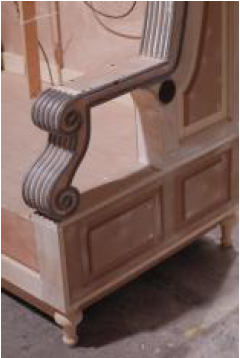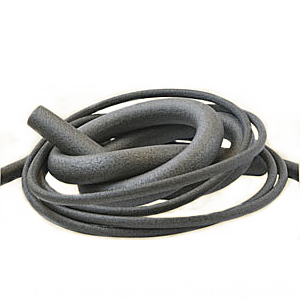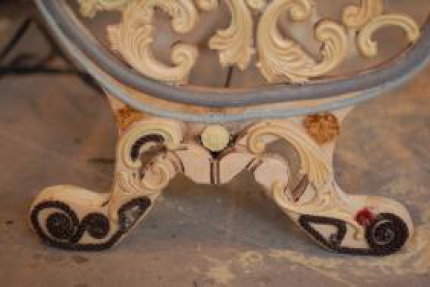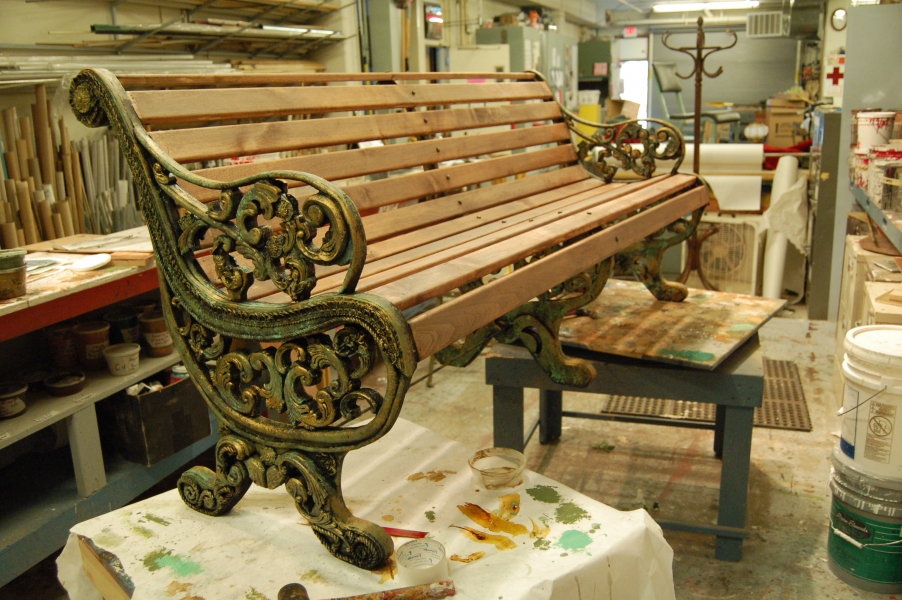Last year, I presented a paper called Devising a Mental Process for Approaching a Prop. In it, I theorized about a method to discover which properties a prop required in order to better determine how to construct it. In this article, I will delve into how to get the shape you need.
When thinking about the construction of a prop, you can consider two things: the shape and the surface treatment. These are not mutually exclusive. Certain materials influence certain surface treatments, through physical or even chemical reactions, or through varying levels of translucency which reveal some of the material beneath. For now, let us focus solely on the shape.
Making a three-dimensional object can be done in a number of ways. You can add material together to create your shape. You can subtract material to reveal your shape. You can also bend (or twist or stretch or somehow manipulate) your material into a new shape. Carpentry can be considered an additive process. You glue or nail or screw pieces of wood together to create a piece of furniture. Carving comes to mind when you think of a subtractive process. You remove smaller pieces from a larger chunk of foam or another material until it becomes the shape you want. Many processes are actually a combination of these two processes. Returning to our carpentry example, before you can add your various pieces together, you need to subtract material from the individual pieces to make them the correct width and length and give them the grooves and tenons and dovetails necessary for joinery.
A third process is what I call manipulation, where you take a material and reshape it. The traditional way to do this in the theatre prop world is with papier-mâché. The flat sheets of newspaper are soaked in a glue and water mixture and draped over a form. When it dries, it retains its new shape rather than return to a flat sheet. The same is true of other materials and processes, such as buckram, fiberglass, carbon fiber, Wonderflex and Varaform. Vacuforming can also be placed in this category. The bending, stretching, twisting and hammering of metal into new shapes would be considered manipulation as well. Again, some materials lend themselves to more than one category. If you are making a shape with plastiline clay, you can build the shape up by adding material, you can subtract material by carving away, or you can manipulate it by squishing or stretching or rolling it around.
A fourth way to create shapes is through the hardening of liquids (or semi-liquids or pastes) into a solid. This can be through drying, such as joint compound, Sculpt or Coat, or clay et al; through a chemical reaction, such as resin or other mold-making and casting compounds; or by heating and cooling, such as metal, wax or Friendly plastic.
The prop-maker can use these four meta-techniques to replicate nearly anything. Besides choosing the technique, one must choose the material. There are several categories of raw materials one can choose from. Wood (lumber, plywood, MDF, chip-board), metal (steel, aluminum, brass, tin), plastic (styrene, PVC, ABS, acrylic, Plexiglas, Stryrofoam, beaded foam), textiles (fabric, buckram, carbon fiber), ceramic (clay, plastiline). There are of course, several other categories and far too many materials to name, but you’ll find yourself returning to many of the same ones for prop-making. As I mentioned above, many materials can be shaped by more than one of the four categories I’ve described.
In addition to raw materials, you can use any number of found objects and parts. Model-makers use the term “kit-bashing”, which means taking pieces from commercially-available models, such as the tires from a car or the fuel yank from a jet, to use in a scratch-built model as a way to save time in creating complex shapes. For the prop-maker, the world is their kit to bash.
This is not meant to be an exhaustive list, nor is it meant to be a series to be memorized. As I hinted above, the boundaries between the meta-techniques become nebulous when you get into specifics. Rather, it is intended as a guide to consider when you are figuring out what materials and techniques to build your prop out of. For example, building a table with a straight and flat top and straight legs is far easier to make by adding together straight and flat pieces of wood. Making a hard shell, like armor, is easier by bending a sheet of a material like Wonderflex, which can hold its new shape when cooled.




